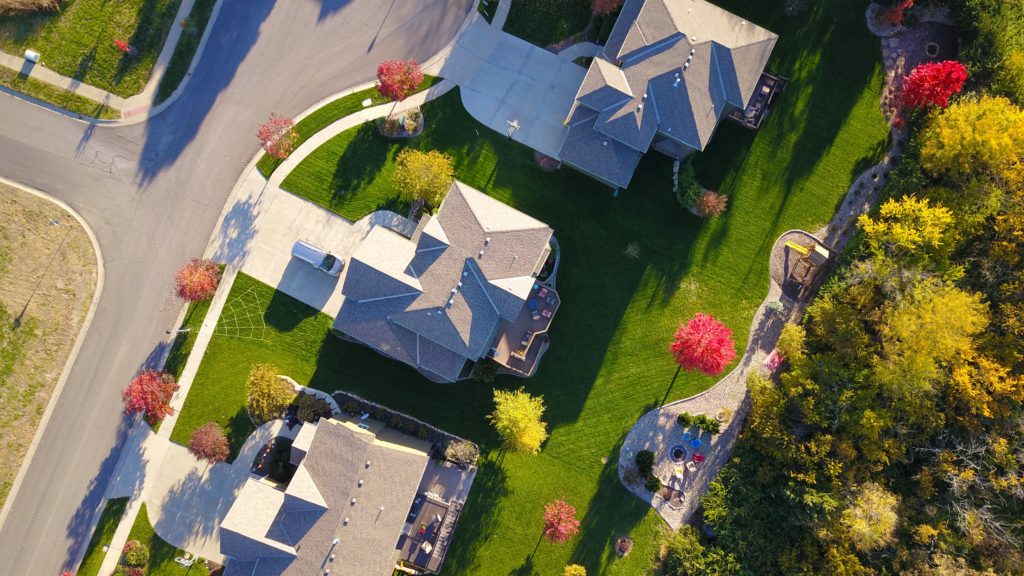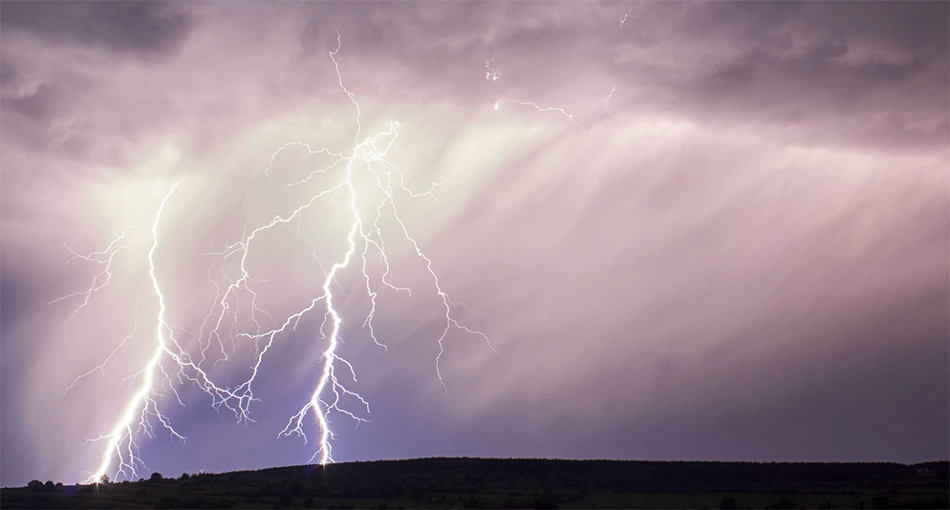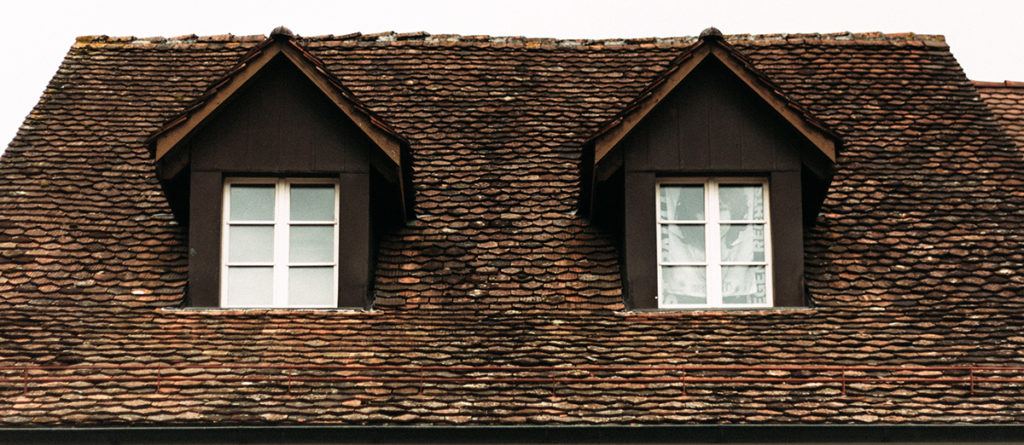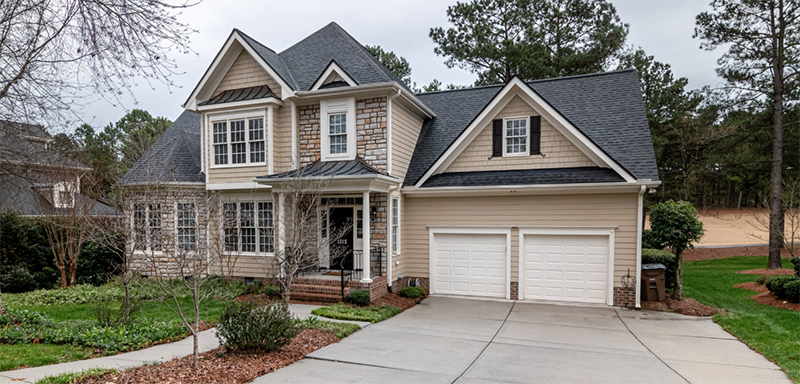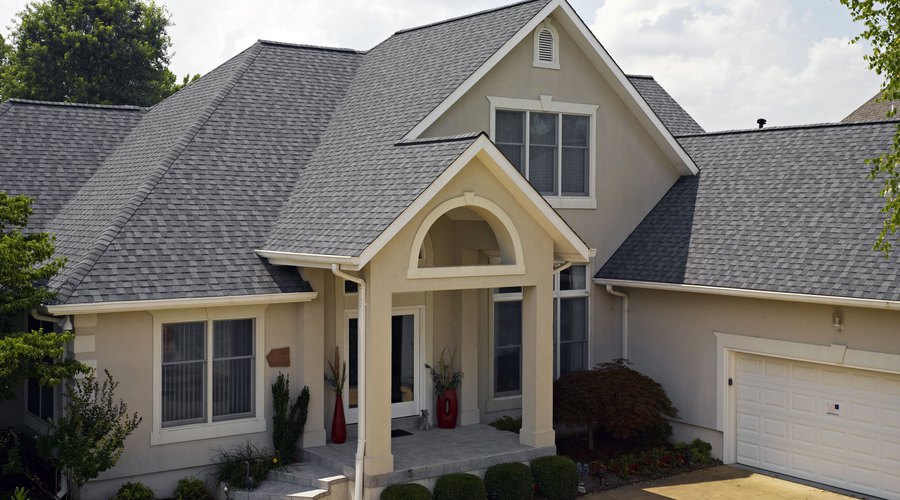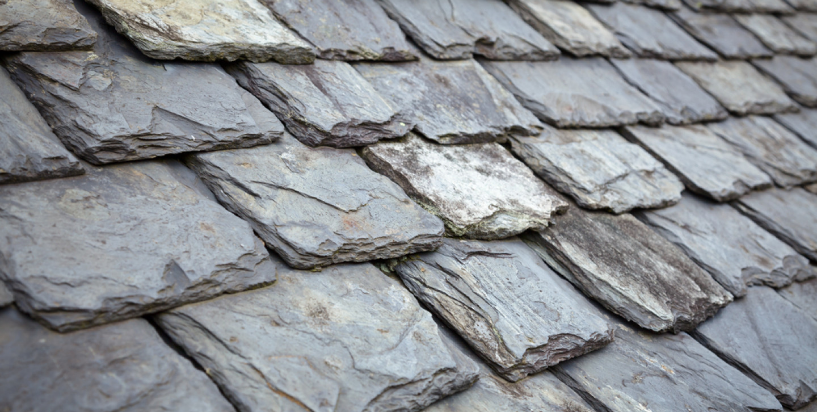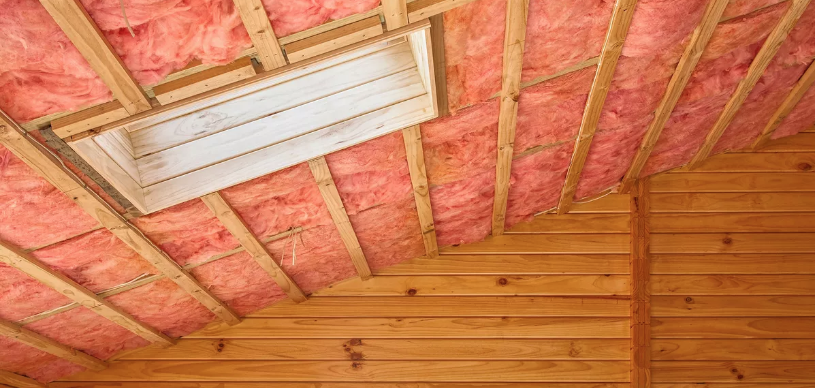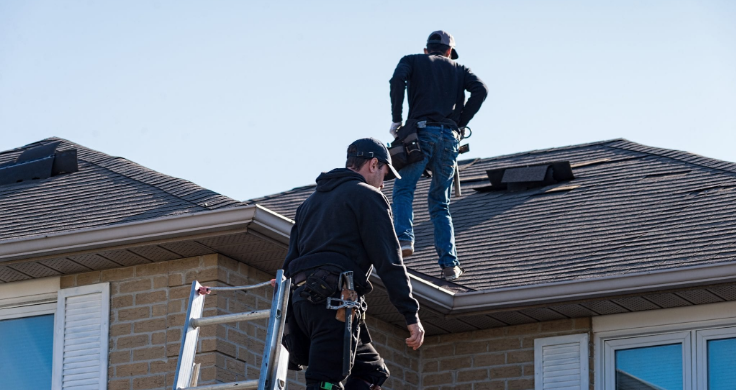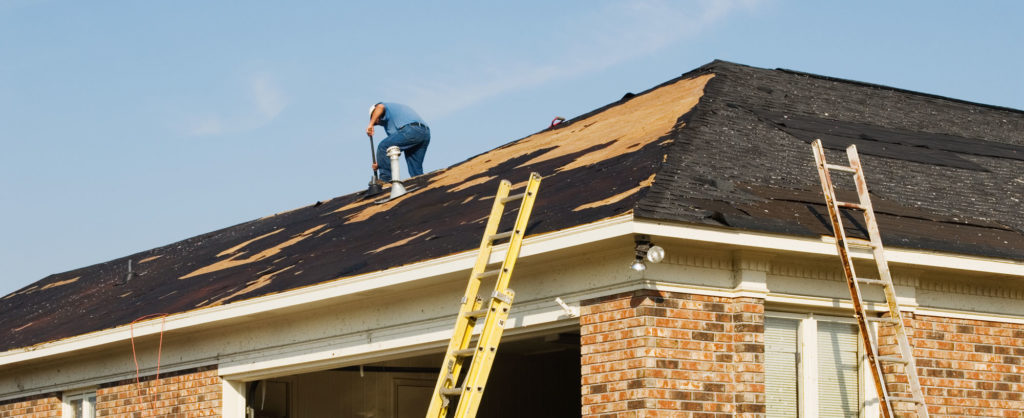June 18, 2021 in Roofing, Tips
How to Choose the Right Color Roof
Nothing enhances the curb appeal of your home like the condition and color of its roof. Replacing a roof is one of the largest investments you make, and it’s a decision you (and your neighbors) will have to see every day for the life of the roof.
Your roofing contractor can make suggestions and provide samples, but the decision will ultimately depend on your individual tastes and preferences. Here are seven tips on how to choose the right color roof for your home.
1. Your Roof Can Impact Your Energy Usage
Dark colors will absorb heat, while lighter colored shingles will reflect the heat and help to keep your home cooler. Your roof alone will not make a huge difference to your energy usage, but when combined with good ventilation and effective insulation installation, it may help.
PJ’s Roofing Pro Tip: Some geographies may have specific guidelines when installing a roof, such as using lighter or more reflective materials to meet environmental standards.
2.Your Roof Color Can Hide or Enhance Your Home’s Features
The color you choose for your roof can change the perception of the home, making it appear smaller or larger. Light colored choices, for instance, will make the house appear larger and accentuate its positive features. On the other hand, dark colors may draw attention away from your home’s imperfections.
PJ’s Roofing Pro Tip: There is no one-size-fits-all approach to choosing a color for your home. An experienced contractor will be able to help you choose a great color to enhance your home’s best features.
3. Test Drive Your Samples Before You Choose
The quality of outdoor light varies widely depending on your home’s location. What seems to be the perfect color may not be as perfect as you think it is if your home has an unusual lighting situation, such as direct sunlight exposure all day on an otherwise bare lot, or exceptionally shady and surrounded by trees.
PJ’s Roofing Pro Tip: Never choose the color of your roof based on looking at samples inside. Choose your favorite colors and take them outside throughout the day to make sure they look as beautiful outside against your exterior as they do on your kitchen table.
4. Go Dark for Light
The idea of a roof’s color is to enhance your home. Your roof provides attention-grabbing contrast to your home’s exterior. Unless your exterior is very dark, a good rule of thumb is to choose a color that is darker than the rest of your home. Likewise, if your home is dark, choosing a lighter colored roof will give your home a contrasting “punch.”
PJ’s Roofing Pro Tip: Neutral colors may seem like an easy choice, but if your exterior is neutral as well you’re missing an opportunity to add a beautiful contrast.
5. Let Your Home’s Style be Your Guide
Traditional colors tend to work best on historically styled homes, while modern houses are more versatile for roofing colors. No matter what your home’s style, however, you are looking for a color to add contrast and complement your exterior aesthetic. Avoid monotone themes where the roof is the same color as the rest of the home.
PJ’s Roofing Pro Tip: Take a drive and look at homes that match your own home’s architecture. What color roofs are on them, and do you like the look?
6. Mixing and Matching is Not Always a Good Strategy
Ever notice how some homes have a perfect match of facade and roof while others look awkward? You’d never wear plaid pants with a checkered shirt, and the same concept applies with your roof color. If your home is finished with multicolored stone or bricks, for instance, it will most likely look better with a solid colored roof. Conversely, if the home has a solid colored facade you may be able to add a beautiful contrast with a multi-colored roof choice.
PJ’s Roofing Tip: Multi-colored roofing choices can include shades of grays and browns that will add a ‘pop” of color to a solid colored exterior.
7. A Dark Colored Roof Will Not Hide Algae or Moss
The dark streaks and stains on your roof aren’t flaws with the shingles themselves, they are signs that a moss or algae is growing on your roof surfaces. You may be tempted to go with a dark colored roof to hide these stains, but the truth is that the streaking and patchy coloration will eventually show up on any color of roof. In other words, choose a dark color because it will complement your home, not because you think it will hide moss or algae stains in the future.
PJ’s Roofing Pro Tip: Don’t give in to the temptation to try to powerwash the roof. Roof algaes and mosses aren’t inherently damaging to the surface, just unsightly. Your roofing contractor can help identify the invading algae as part of a seasonal roof inspection, and eliminate it.
Ready for a Roof Color Change? PJ’s Roofing Can Help!
When it’s time to consider a new roof, don’t be overwhelmed with the wide choices of materials and colors available. PJ’s Roofing is your trusted partner for residential roofing needs, providing you with a wide selection of styles and colors, along with the expertise to help you narrow down your choices and make a decision that you (and your neighbors) will enjoy for years. Contact us today!

